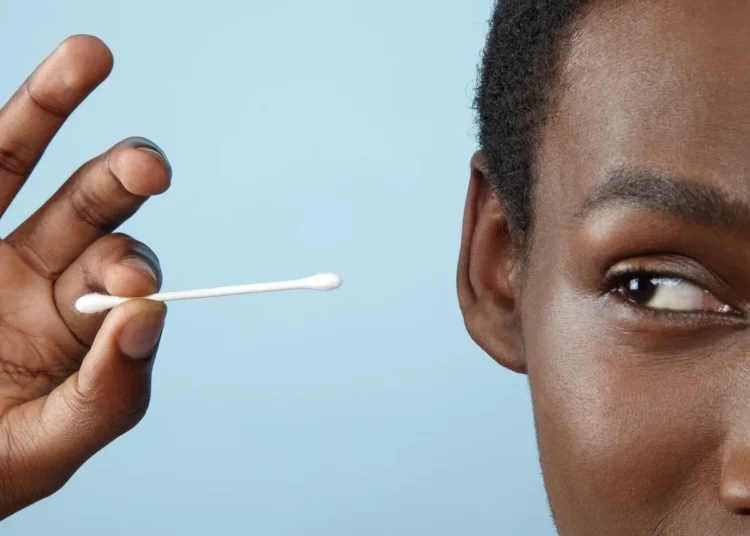
We’ve all heard that cotton swabs shouldn’t be used to clean our ears, but so many of us still reach for one the second we think we have a buildup of earwax or some water stuck in our ear. Are The Rumors True? Using a cotton swab like a plunger in the ear canal pushes earwax deeper and deeper in. One problem is that if you push the wax deeper inside, there’s no way for the wax to get swept out of the ear.
Also, cotton swabs can cause punctured ear drums and hearing loss. In severe cases, the cotton swab can damage many sensitive structures behind the ear canal and cause complete deafness, prolonged vertigo with nausea and vomiting, loss of taste function, and even facial paralysis. Every patient who uses cotton swabs emphasises that they are very careful about limiting the depth of insertion.

However, accidents are called accidents for a reason. So What’s The Best Way To Remove Earwax? Earwax, also known as cerumen, is a natural substance that your body makes and has many beneficial properties—it is slightly acidic, which helps fight bacteria and fungus in the ear, and it’s slightly oily, which provides a waterproof barrier for the ear canal skin. You usually don’t need to ever clean wax out of your ears because there’s a natural cleaning system in the ear canal that sweeps earwax out like a conveyor belt.
Even if there is a lot of wax, you can have up to 90 per cent of your ear canal blocked and still be able to hear clearly, since you only need a small pinhole for sound to travel through. In some situations, the ear does make an excessive amount of wax or earwax buildup occurs for some other reason. In those cases, primary care physicians often use an ear lavage, where warm water is flushed into the ear canal to gently wash away the wax.
This works well for many patients, but physicians take particular caution if the patient has a hole in the ear drum or an active infection, as excess water can cause pain and drainage. Several home-care earwax systems use a gentle liquid in a syringe to flush out the ear canal. While generally safe to use, these home-care systems sometimes cause earwax to melt, and then residual earwax can re-solidify inside the ear canal like cement against the ear drum.
Such cases require careful removal by an ear, nose, and throat (ENT) provider. In our ENT office, we use a magnifying scope and tiny micro-instruments to gently peel the earwax away from the ear drum without damaging the underlying structures. Our ENT physicians and physician assistants are trained to locate and remove earwax safely.
.














